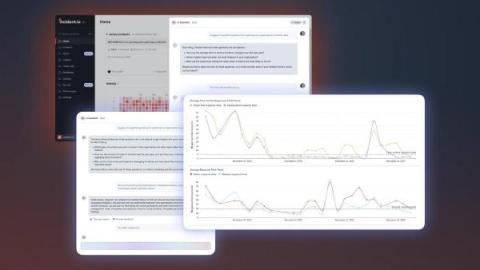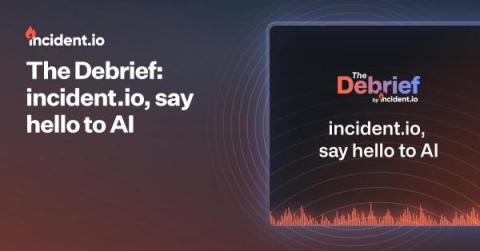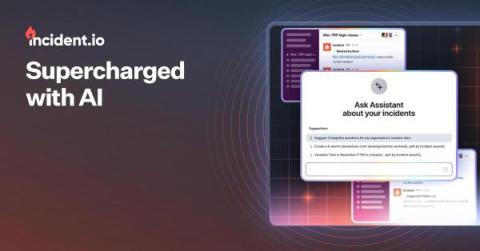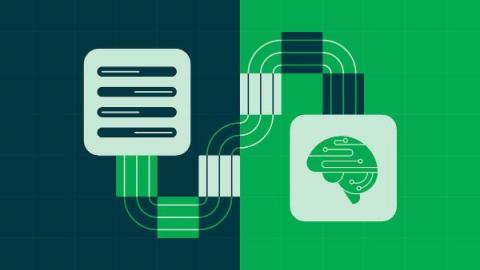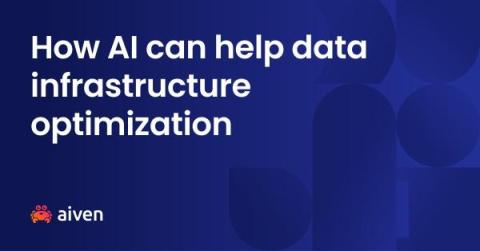Operations | Monitoring | ITSM | DevOps | Cloud
Latest News
The Debrief: incident.io, say hello to AI
Lessons learned from building our first AI product
Make AI Writing Undetectable with These Helpful Tips
Unleashing the power of AI and automation for effective Cloud Cost Optimization in 2024
Supercharged with AI
Challenges & limitations of LLM fine-tuning
Navigating AI in SOC
With notable advancements in Artificial Intelligence (AI) within cybersecurity, the prospect of a fully automated Security Operations Center (SOC) driven by AI is no longer a distant notion. This paradigm shift not only promises accelerated incident response times and a limited blast radius but also transforms the perception of cybersecurity from a deterrent to that of an innovation enabler.
Prompt engineering: A guide to improving LLM performance
Prompt engineering is the practice of crafting input queries or instructions to elicit more accurate and desirable outputs from large language models (LLMs). It is a crucial skill for working with artificial intelligence (AI) applications, helping developers achieve better results from language models. Prompt engineering involves strategically shaping input prompts, exploring the nuances of language, and experimenting with diverse prompts to fine-tune model output and address potential biases.


